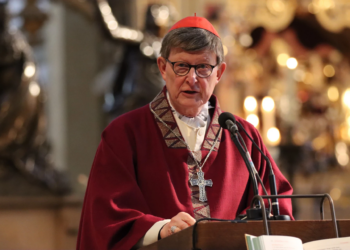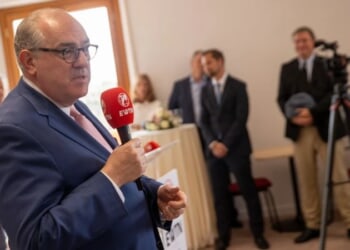The Council of Nicaea in the year 325 was, arguably, the most theologically significant and influential gathering of Christians in post-apostolic church history. Martin Luther called it ‘the best and first general synod after that held by the holy apostles’. It produced a creed which, in the revised form sanctioned by the Council of Constantinople in the year 381, was soon being recited in all the churches as an act of worship. In many traditions it is still recited today.
Before the Council of Nicaea met, there had been many local church councils, but none of universal extent. However, the theological issues at stake in the early 4th century were felt to be of such magnitude that only a universal council (representing all Christians) could make a proper response. Those issues revolved around the person of Christ. Everyone acknowledged that he was the pre-existing Son of God who had become human to redeem humanity. But who or what exactly was the Son of God? Was he the first and greatest of God’s creations? Or was he of the same nature as his Father – equally and eternally God?
Muddy waters
It would not be difficult to show that the more traditional view in the church was the latter of these, that the Son is fully and truly God, existing on the Creator’s side of the Creator-creation divide. However, the theological waters had been greatly muddied in the 3rd century by a view known as Modalism or Sabellianism (after Sabellius, its chief architect, who flourished in Rome in the early 200s). Modalism affirmed the full deity of Father, Son, and Spirit. But it denied their personal distinction. They were simply three ‘modes’ or manifestations of one divine person, who appeared as the Father in Old Testament times, as the Son during the incarnation, and as the Spirit at Pentecost and in the life of the church.

















